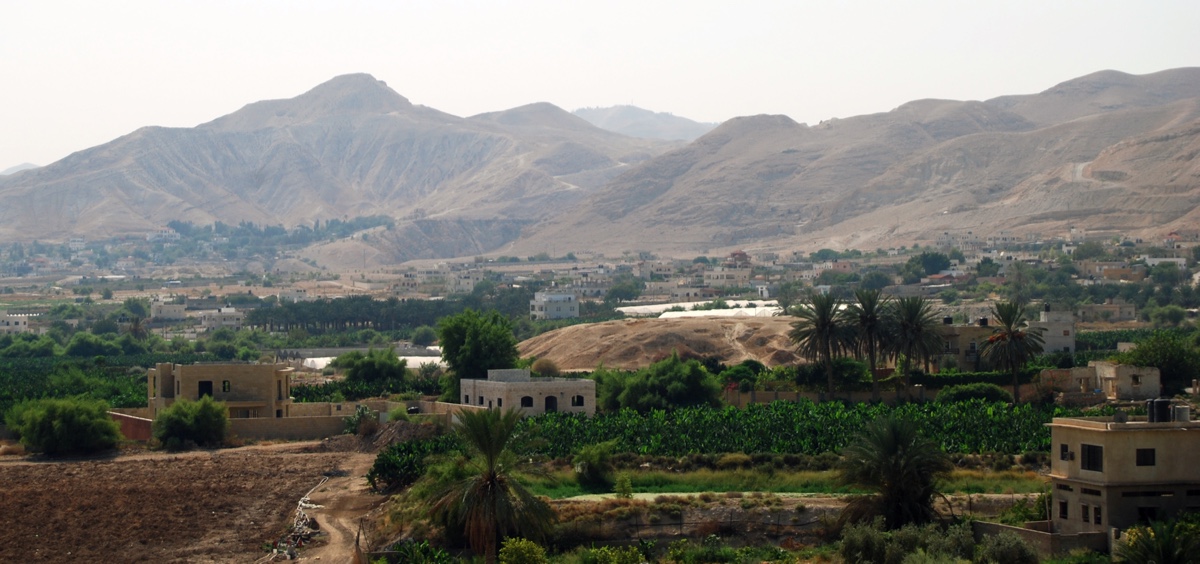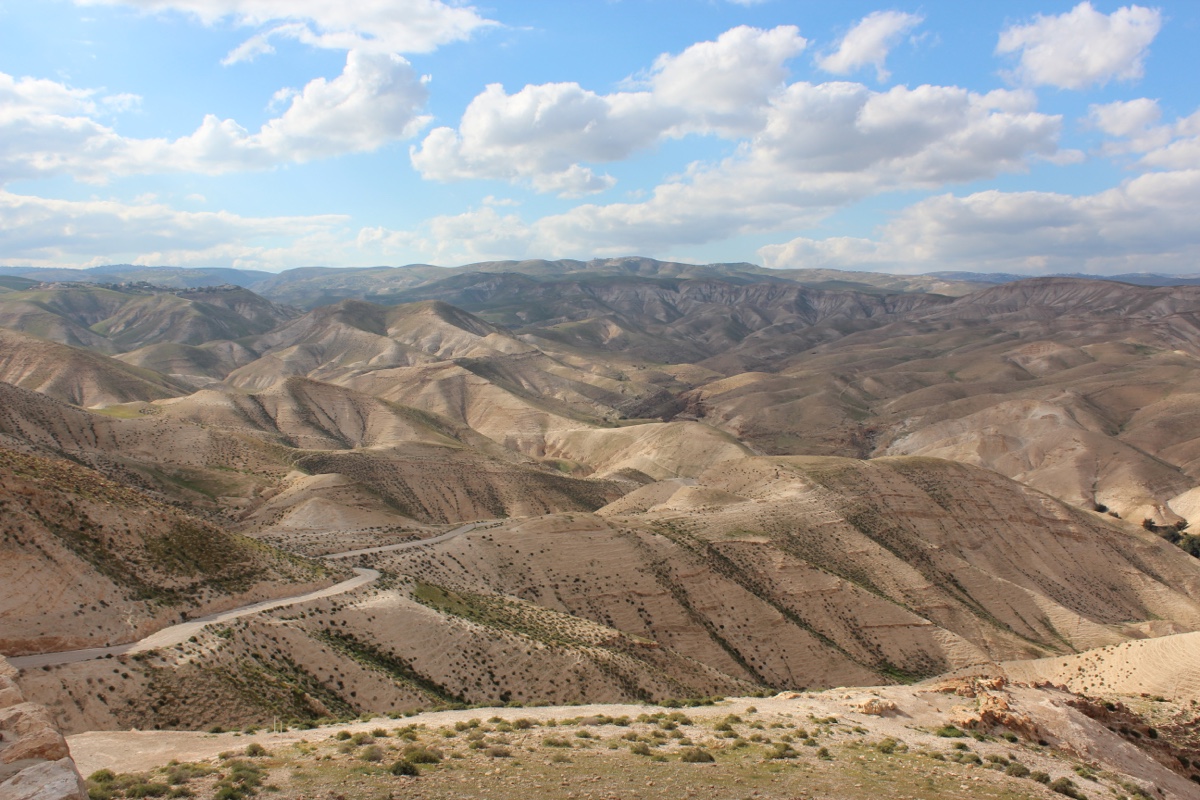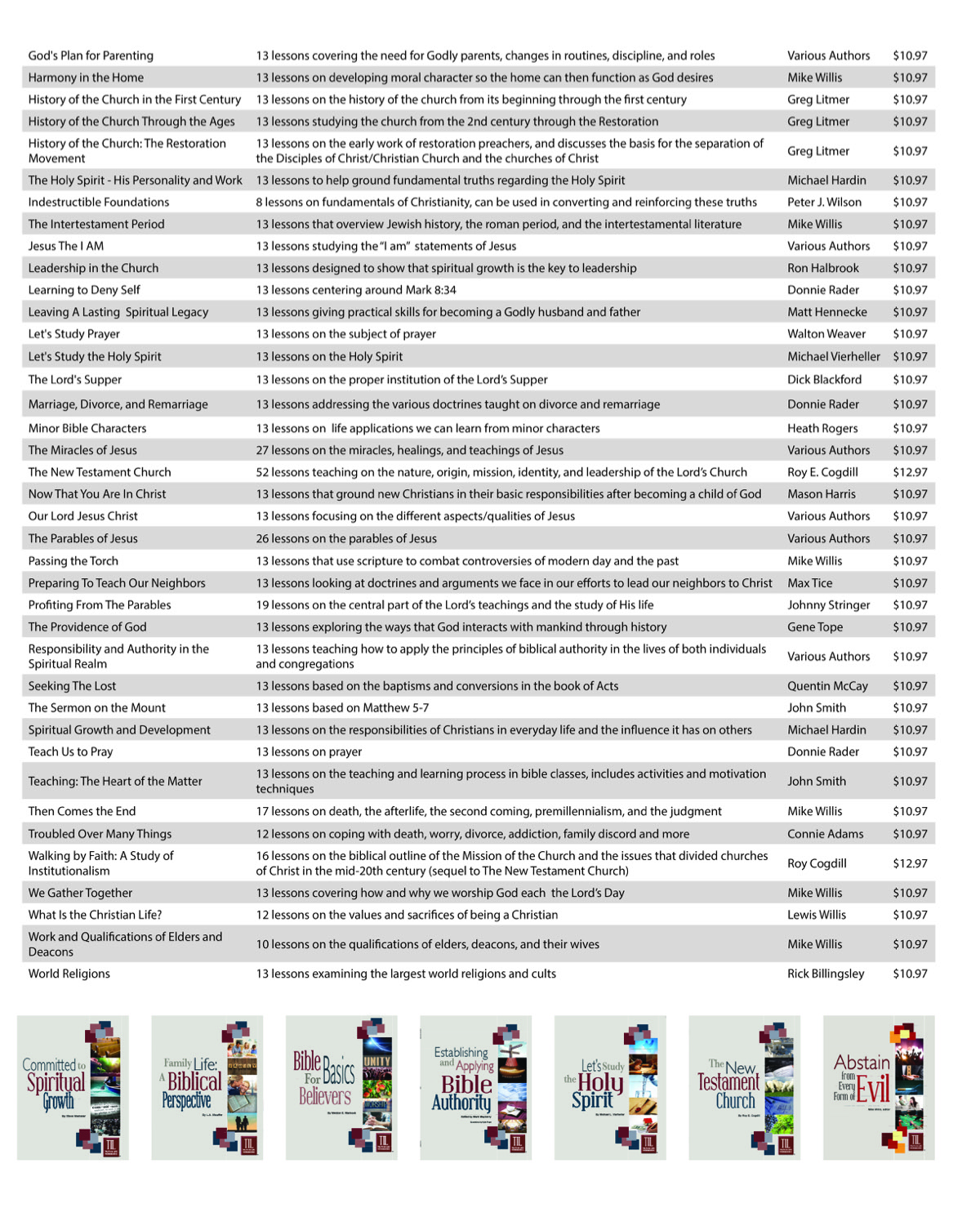By Barry Britnell
Synopsis: Fully understanding Luke’s description of Jesus’ walk to Jerusalem helps us appreciate the love that Jesus had for all of us.
As I have traveled across Israel, I have heard a number of people refer to the land as “the Fifth Gospel.” In other words, the land (like the gospels) also tells the story of Jesus. Knowledge of the geography of the land of Israel often assists in the understanding of the words provided to us by Matthew, Mark, Luke, and John.
There is an interesting verse in Luke 19. After Jesus visits the city of Jericho, the author simply states:
And when he had said these things, he went on ahead, going up to Jerusalem (v. 28).
It is easy to read that verse and quickly move on without thinking about everything that is going on within it. To fully understand it, you need to know a bit about the geography of the land. In particular, you need to understand three aspects of the road Jesus traveled: the elevation, the distance, and the environment.
First, let us discuss the elevation gain of this road. The city of Jericho sits in the bottom of the Jordan Rift Valley. This valley runs north to south and connects the Sea of Galilee and areas to the north, southward toward the Dead Sea. The valley averages 8-10 miles wide and it is very common to see all the way across it on any given day. The valley is also, for the most part, under sea level. Therefore, the city of Jericho sits at an elevation of approximately 850 feet below sea level.
Conversely, the city of Jerusalem sits on top of the Central Mountain Range. This range features moderately high mountains and stretches from the north to the south through the land. Jerusalem itself sits at an elevation of approximately 2700 feet above sea level. So, do the math! When you do, you learn that Jesus truly was “going up.” As he traveled, he would have climbed around 3,500 feet in elevation.
Secondly, you must consider the distance Jesus covered. As the crow flies, the distance between Jericho and Jerusalem is about 15 miles. So, not only did Jesus climb about 3,500 feet, but he also did that in a relatively short distance. Therefore, it was also a steep climb.
Finally, let us look at the environment. The road between Jericho and Jerusalem sits in the northern part of the Wilderness of Judea, on the leeward side of the Central Mountain Range. Therefore, very little rain falls in this area. Vegetation is extremely limited, and is concentrated around small springs that occasionally flow out of the hills. Having no shade to accompany you along the way, the sun would continually beat upon any traveler walking along the road.
So, let us revisit our verse from Luke 19. Jesus “went on ahead, going up to Jerusalem.” For the original readers of Luke’s gospel, they understood exactly what this road was like. However, for all of us, sometimes we fail to understand how difficult this walk was for Jesus. Yet, when you study the geography of the area, you begin to understand what Jesus was going through. This hike was long, and it would have taken most of the day. This hike was steep, and the sun would have been beating down on him the entire way.
This was a very difficult walk.
In addition to the physical challenges of the walk, Jesus was simultaneously struggling with emotional challenges. Jesus knew where He was going. Jesus knew what was going to happen when He got there, and He knew that it had to be done.
This was a very difficult walk.
In the past, I have done a good bit of hiking. As you are walking, you are rarely talking at the same time. You need to conserve your talking energy and use it on walking. So, you end up doing a lot of thinking. Jesus was probably doing the same thing. I wonder what Jesus thought about as He traveled. Honestly, I do not know, but I would guess that He was thinking about the dreadful week ahead of Him. He was probably thinking about His friends and family, who did not fully understand what was going on. He probably thought about you and me. Because He knew that if He did not make it up that hill and complete the job God wanted Him to do, we would have no hope.
Let us all be thankful that Jesus climbed that steep, hot, difficult path and “went on ahead, going up to Jerusalem”.


Image-1 Caption: Looking southwest from Jericho toward the hills in the Wilderness of Judea.

Image-2 Caption: Looking north across the Wilderness of Judea. The road between Jericho and Jerusalem ran from the right to the left through this region.

